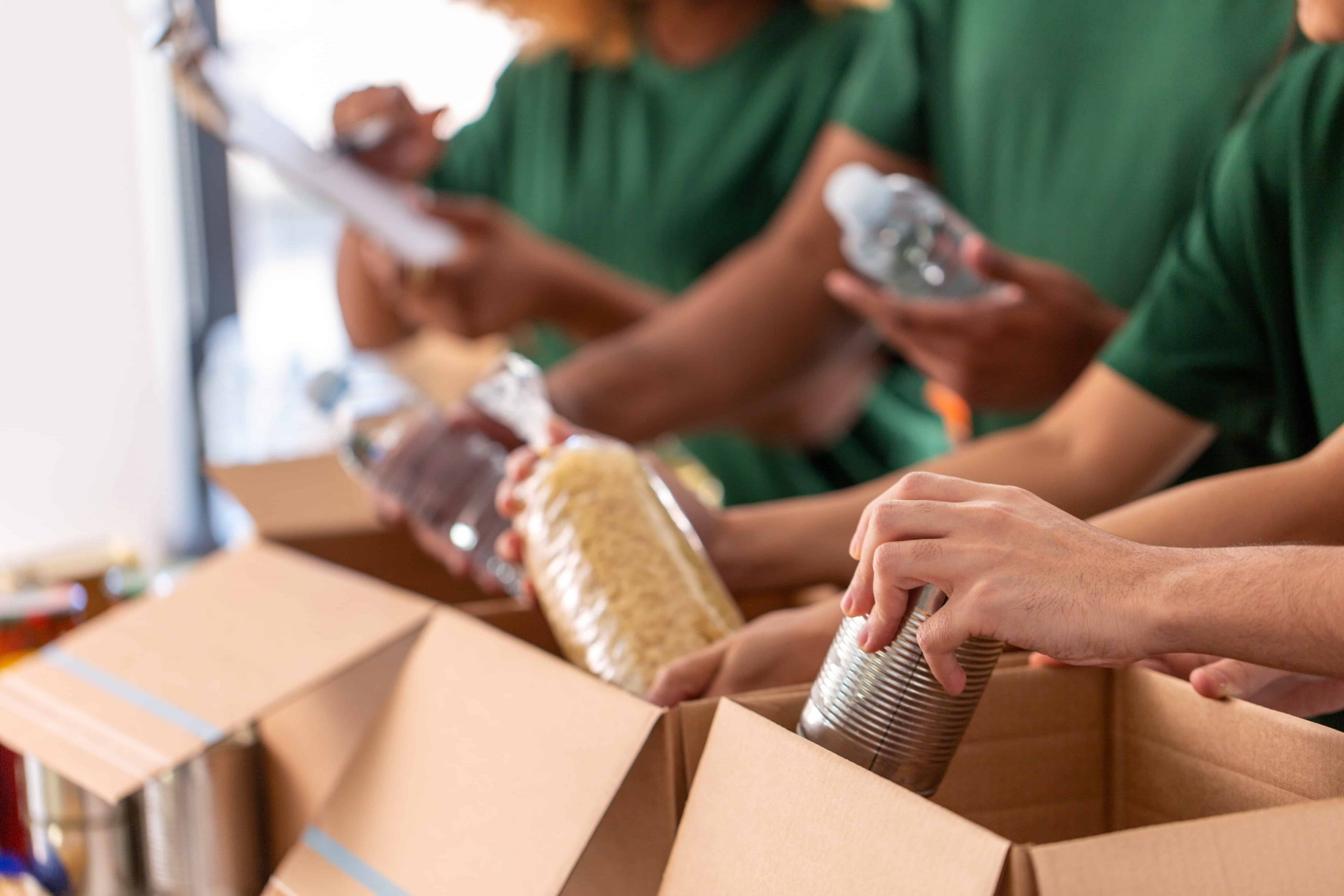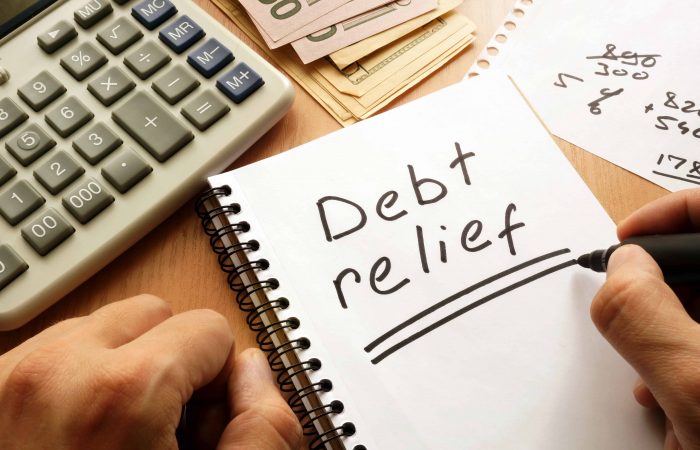Rising prices have led some people to cut back on a few of their expenses. That includes their housing expenses, clothing, and, worst of all, food. It’s terrible news that some people are not able to afford the basic necessity of food. The good news is that the Emergency Food Assistance Program (TEFAP) may be able to assist low-income people! This is a federal program that helps supplement the diets of its recipients, but it’s not available to everyone. So who can take advantage of TEFAP? Let’s find out!
Understanding TEFAP
This program doesn’t directly help people. The way it works for TEFAP is that the states that run this program receive funding from the United States Department of Agriculture (USDA). The funding is for both food and administrative costs. Obviously, the plan is for individuals who require food assistance to receive the food. There are two ways that this plan can be achieved. One way is that states can offer resources to community action agencies. These agencies personally distribute food to eligible homes. Another way is for local agencies like Indian tribal organizations and food banks to receive the food from states and count on local organizations to deliver it to recipients. An example of an organization would be soup kitchens or food banks. Having said that, the level of aid received by each state will vary. Thus, how much food that state will get is determined by:
- The number of people without jobs in a state
- The number of eligible residents in a state
One thing about TEFAP is that it not only can help give emergency food assistance, but recipients of this program will get support at no cost at all! Like any program, people must first meet its requirements to be able to benefit. Usually, the qualifying requirements will vary by state. When we talk about eligible recipients for TEFAP, we are referring to both elderly and low-income Americans.
Additional Food Help Options
People looking for food assistance programs will find TEFAP helpful. In fact, TEFAP has helped many people across the country. Nevertheless, people have different situations, which is why not all programs work for the same group. Luckily, the government has even more food assistance programs that people can take advantage of, and a few are:
- National School Lunch Program (NSLP)
- Special Milk Program (SMP)
- Supplemental Nutrition Assistance Program (SNAP)
- Special Supplemental Nutrition Program for Women, Infants, and Children (WIC)
National School Lunch Program (NSLP)
This is a food assistance program that has existed since 1946 when President Truman signed the National School Lunch Act. To really understand how this program can be beneficial, let’s take a look at an example. Say a low-income family cannot afford to give their children lunch at school, so they look for a program that offers their children just that. In this case, the NSLP may be helpful since it gives discounted or free lunches each school day to children. That said, for a child to join this program, they must first meet its requirements. Where is this program offered? This food assistance option is available to both public and nonprofit schools, as well as residential childcare facilities.
Special Milk Program (SMP)
With SMP, aid is available to schools that are not participants in any federal meal service programs. Essentially, this program will offer children the milk they need. However, children cannot be members of other meal programs, or they will be disqualified from this aid program. Schools taking part in federal programs like SBP or NSLP are eligible to join, only if these schools provide milk to students enrolled in half-day prekindergarten and kindergarten programs.
Supplemental Nutrition Assistance Program (SNAP)
People looking for a program that provides assistance with groceries should consider SNAP. This is a program that offers its recipients Electronic Benefit Transfer (EBT) cards. Recipients of SNAP will benefit from receiving money on their EBT cards every month, but they’re not allowed to use the money on certain items like non-food items, supplements, tobacco items, and more. On the other hand, some eligible groceries would include foods from the food pyramid like produce, dairy products, certain meats, etc.
The USDA provides a chart showing the maximum monthly sum that recipients of this program may receive:
- The maximum is $291 for one person.
- The maximum is $535 for two people.
- The maximum is $766 for three people.
- The maximum is $973 for four people.
- The maximum is $1,155 for five people.
- The maximum is $1,386 for six people.
- The maximum is $1,532 for seven people.
- The maximum is $1,751 for eight people.
- After eight people, every extra person: $219
Note that this data is for the period from October 1, 2023, to September 30, 2024, and that it may change under certain circumstances. Nevertheless, in the case someone qualifies, how much they will end up getting will vary according to their state, household size, income status, and more.
Special Supplemental Nutrition Program for Women, Infants, and Children (WIC)
This is a program that targets different people and many households with varying needs. Basically, WIC can help eligible:
- Infants
- Children up to age five who are vulnerable to malnutrition
- Women who are pregnant or just gave birth
By giving money to states from the federal government, this program can aid households. This is what these federal funds are used for:
- Nutrition education
- Supplemental food assistance
- Health care referrals
Additional Federal Support Programs
We all could use a little extra support in our lives. That’s because we all have different bills to pay, and all these obligations can make life stressful. Fortunately, the government is aware of people’s hardships and so offers different programs for different groups of people. Having said that, federal programs are not meant to fully transform lives, but they are there to help people carry their burdens better. If someone is looking for extra support, it may be beneficial if they look into some of these programs:
- Medicaid
- Medicare
- Children’s Health Insurance Program (CHIP)
- Low Income Home Energy Assistance Program (LIHEAP)
- Social Security Disability Income (SSDI)
- Public Housing
- Housing Choice Voucher Program
- Supplemental Security Income (SSI)
- Weatherization Assistance Program (WAP)
In Conclusion
The hard truth about life is that some people cannot afford to buy food. In fact, not having enough money for food might be especially true for those with larger families. Fortunately, the government recognizes this issue and provides food aid programs. We should all keep in mind that each person has unique circumstances. So a program that works for someone might not work for others. It’s also essential that people remember that every state is different when it comes to each assistance program. This is why it’s wise for those who are interested in federal programs to reach out to their state agencies for information on eligibility requirements and more. For this article, we have discussed options for food aid. However, additional federal programs exist that can help individuals lead more cost-effective lifestyles in other areas. Ultimately, people may manage some aspects of their lives better if other areas are taken care of.



